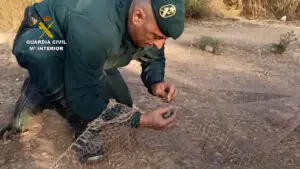Story By: Joseph Golder, Sub-Editor: Joseph Golder, Agency: Newsflash
Scientists who discovered this fearsome-looking giant sea bug and dubbed it ‘Darth Vader’ while waiting to identify it officially have now confirmed it is a new species.
A research team from Singapore found the 14-legged monster bug during research on marine life at the bottom of the sea off the coast of Banten in Indonesia’s Western Java region in 2018.
Speaking to Newsflash about the giant bug, they confirmed it was a new member of the giant isopod genus (Bathynomus), and added although the name Darth Vader was very appropriate, in the end it been given the official name ‘ogre’
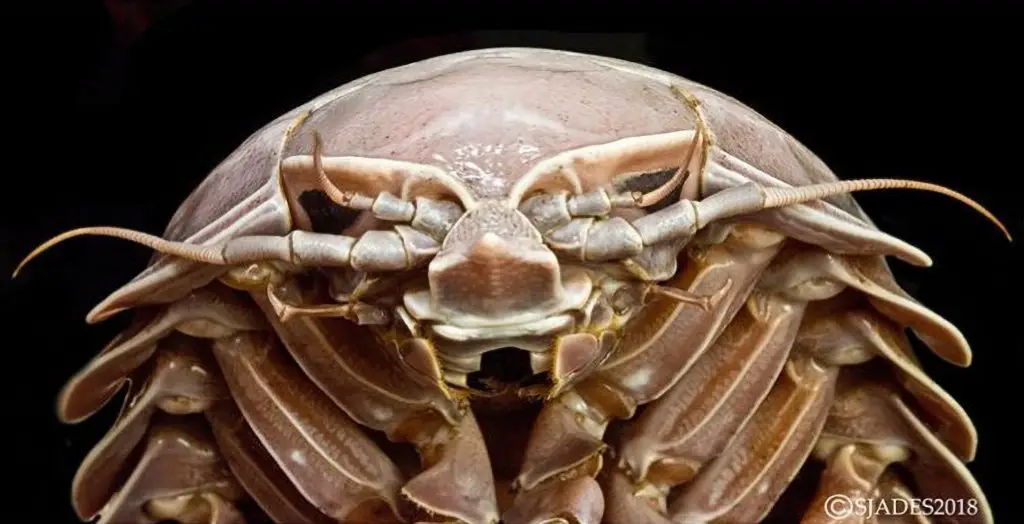
The frightening pale-skinned creature was found at a depth of about 900 to 1,200 metres (2,952 to 3,937 feet) by the team that decided to name it ‘Bathynomus raksasa’.
Professor Peter Ng, 60, who is the Head of the National University of Singapore’s Lee Kong Chian Natural History Museum and who led the expedition, told Newsflash ‘raksasa’ is Indonesian for ‘giant’ but with the “Hindu connotation of ogre.”
So technically, this new giant isopod has been named ‘giant isopod ogre’ or ‘ogre giant isopod’. A giant among giants of sorts as it measures a whopping 50 centimetres (19.6 inches), compared to 33 centimetres (12.9 inches) for most giant isopods.
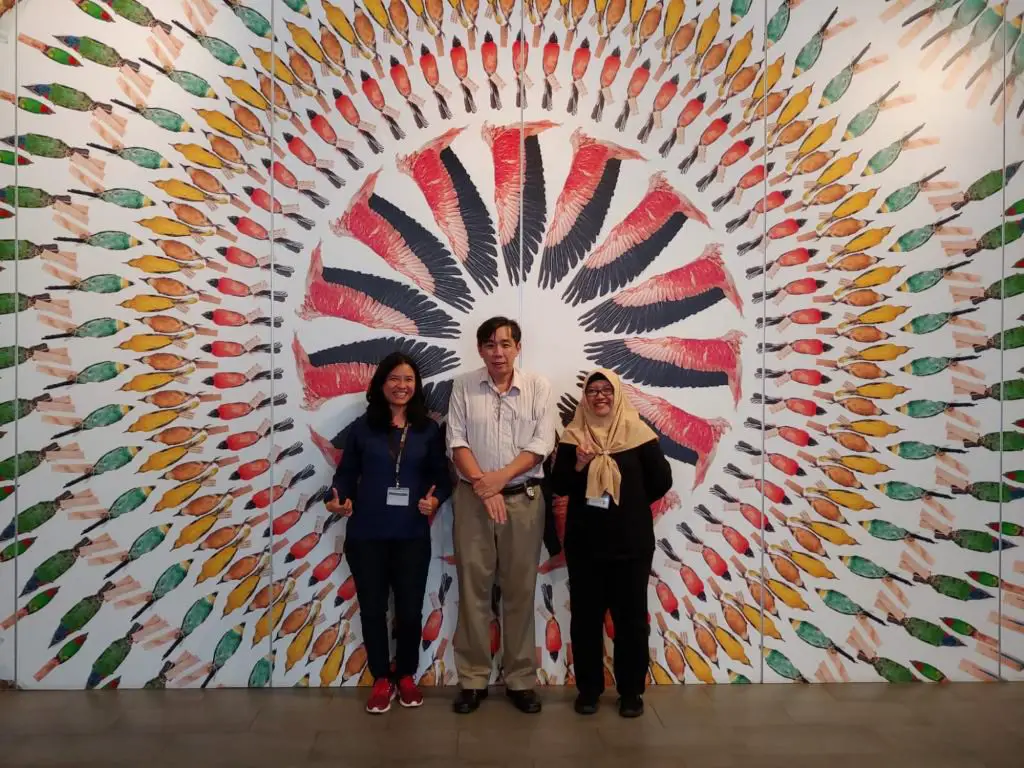
Conni Sidabalok, 43, the main author of the paper about the new species, titled ‘Description of the supergiant isopod Bathynomus raksasa sp. nov. (Crustacea, Isopoda, Cirolanidae) from southern Java, the first record of the genus from Indonesia’, published on 8th July 2020, said: “This expedition has revealed the main target of every biodiversity research, namely the high diversity of organisms which are unique, specifically attached and potentially endemic to the ecosystem (in this case the deep-sea).
“The expedition also resulted in the discovery of plenty of new species.”
Jeanice Aw, an environmental scientist who is a Media Liaison Officer at the Lee Kong Chian Natural History Museum, told Newsflash: “It exhibits what is known as deep-sea gigantism. It is the first of its genus to be found in Indonesian waters, and is the 20th species in the genus.”
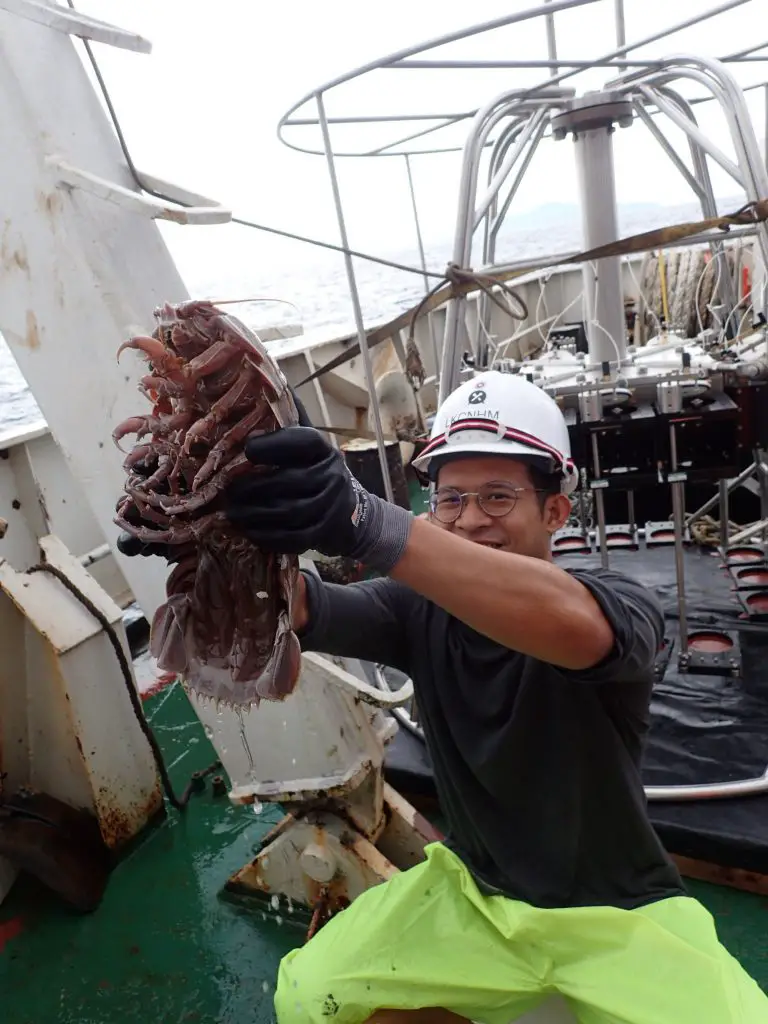
In 2018, the team of 31 researchers headed by Professor Ng, who is from Singapore, and his counterpart from Indonesia, Dr Dwi Listyo Rahaya, conducted a 14-day expedition into deep seas off the southern coast of Java in Indonesia where they scooped up over 12,000 specimens from 63 different survey sites at depths ranging from 800 metres to 1,200 metres, subsequently identifying 12 new species.
And now they have identified and named this new one, bringing the total number to 13. Professor Ng, who is a crustacean specialist, told Newsflash that they have named “about half a dozen or so species so far”.
The expedition that collected samples using trawling, dredging and underwater coring devices, also included scientists from the NUS Tropical Marine Science Institute and the Research Centre for Oceanography of the Indonesian Institute of Sciences.
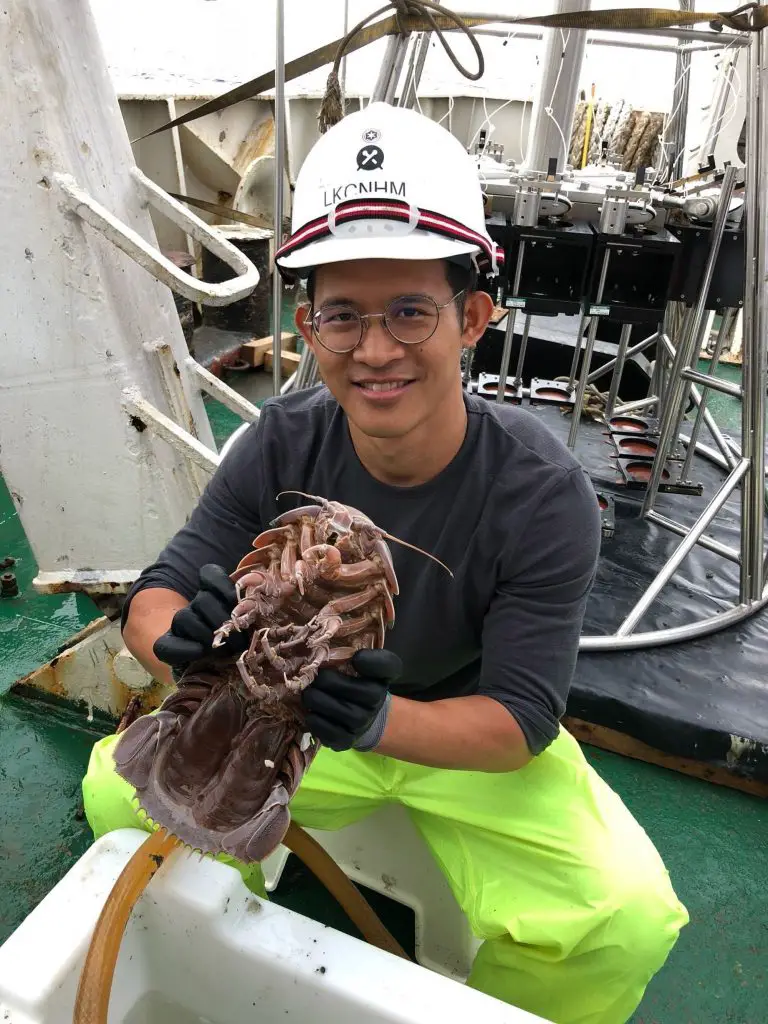
Isopods are distantly related to crabs and shrimps and are considered crustaceans. Giant isopods are usually found in the deep waters of the Pacific, Atlantic and Indian oceans.
Conni Sidabalok told Newsflash: “It is hypothetically assumed that deep-sea gigantism is an adaptation mechanism to conditions with reduced predation, a lowered temperature and limited food resources.”
Due to the depths in which giant and supergiant isopods live, relatively little is known about them. The Pacific Ocean has a maximum depth of almost 11,000 metres (36,069 feet; the Marianas Trench).
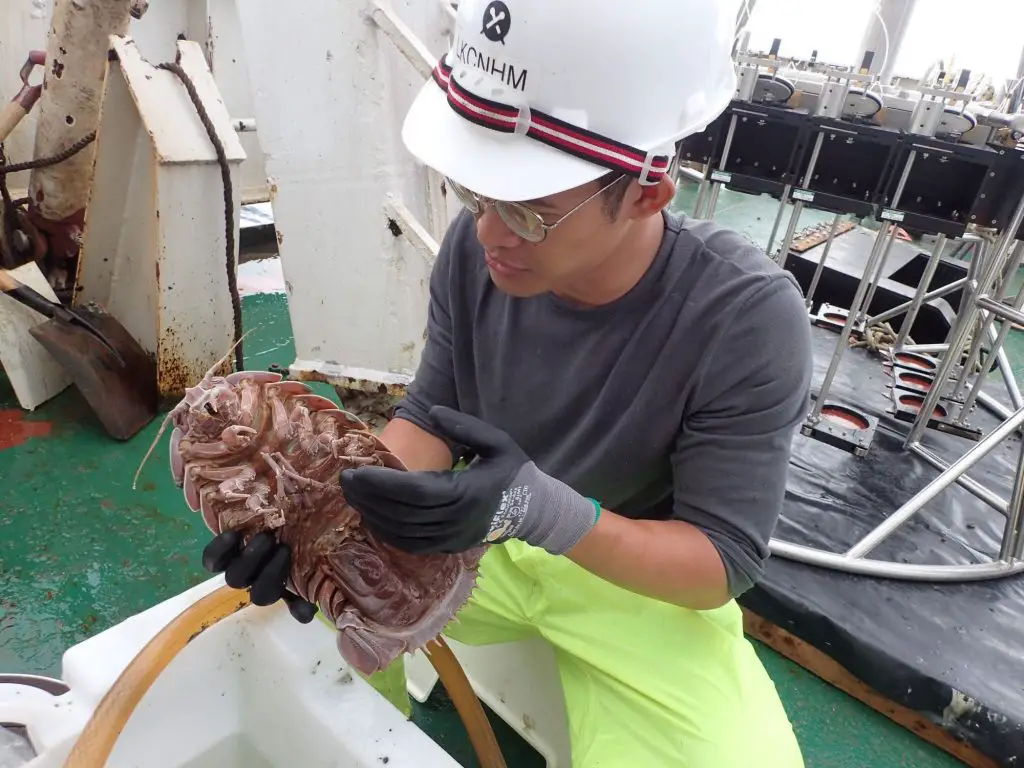
Asked by Newsflash why the areas where the team found the new species are uncharted, Professor Ng said: “It’s a poorly explored area, some parts have never been sampled before. There are many parts of the deep which are very poorly studied. Most of the planet is ocean and people forget that most of this is deep sea!”
The ViralTab page is created by and dedicated to professional, independent freelance journalists. It is a place for us to showcase our work. When our news is sold to our media partners, we will include the link here.


